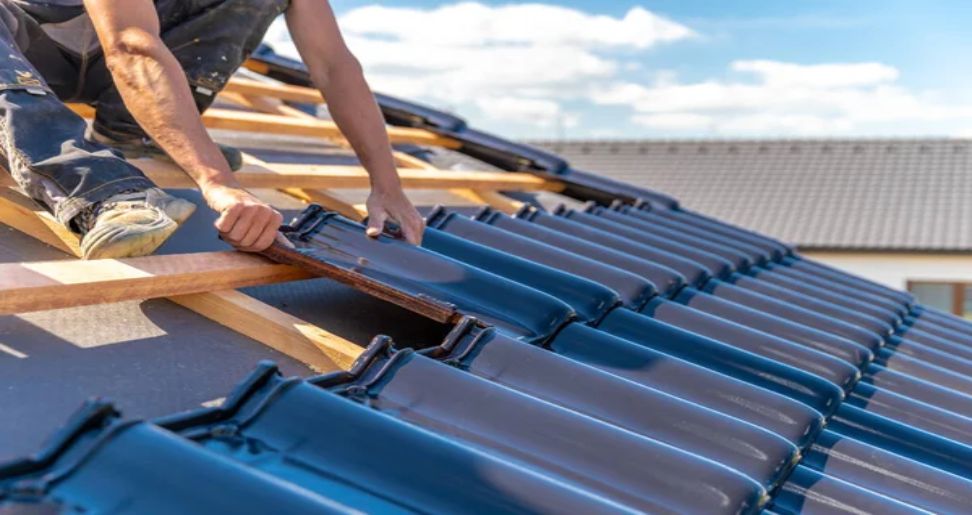Maintaining a robust and reliable residential roofing system is vital for safeguarding a home’s structural integrity and ensuring the safety and comfort of its inhabitants. Regular inspections play a crucial role in achieving these objectives, allowing homeowners to identify potential issues before they escalate into major problems. This article explores why routine inspections are essential for residential roofing systems and highlights key aspects of roof repair and maintenance.
The Critical Role of Regular Inspections
Residential roofing systems are exposed to a variety of environmental stresses, including weather conditions, temperature fluctuations, and physical wear. Over time, these factors can lead to deterioration that may compromise the roof’s functionality. Regular inspections are essential for several reasons:
- Early Detection of Problems: Regular inspections enable homeowners to identify issues early, such as missing shingles, damaged flashing, or deteriorated sealant. Early detection can prevent minor issues from developing into significant problems that require costly repairs or replacements.
- Prolonged Roof Lifespan: By addressing small problems promptly, regular inspections help extend the lifespan of a roofing system. This proactive approach ensures that the roof remains functional and effective throughout its expected service life.
- Enhanced Safety: A well-maintained roof provides protection against weather elements and ensures the safety of the household. Regular inspections help prevent leaks and structural damage that could lead to safety hazards.
- Cost Efficiency: Routine inspections can be more cost-effective in the long run. Addressing minor issues before they become major problems can save homeowners from expensive repairs and the potential need for early roof replacement.
Residential Roofing: Key Inspection Areas
During a residential roofing inspection, several key areas are evaluated to determine the overall condition of the roof. These areas include:
- Shingles and Tiles: Inspecting shingles or tiles for damage, such as cracks, curling, or missing pieces, is crucial. Damaged shingles can lead to leaks and further deterioration of the roofing structure.
- Flashing: Flashing, which is used to seal joints and roof penetrations, must be checked for proper installation and signs of wear. Damaged or improperly sealed flashing can cause leaks and water damage.
- Gutters and Downspouts: Gutters and downspouts play a critical role in directing water away from the roof and foundation. Clogged or damaged gutters can lead to water pooling and potential roof damage.
- Ventilation: Proper ventilation helps regulate temperature and moisture levels in the attic, preventing issues such as mold growth and premature roof deterioration. Inspecting vents and ensuring they are functioning correctly is essential for roof health.
Roof Repair: Addressing Issues Promptly
When issues are identified during a roofing inspection, timely roof repair is crucial to prevent further damage. Addressing problems promptly can prevent minor issues from escalating into major repairs. Common roof repair tasks include:
- Shingle Replacement: Replacing damaged or missing shingles is a common repair task. This ensures the roof remains watertight and protects against further damage.
- Flashing Repairs: Repairing or replacing damaged flashing helps prevent leaks and ensures that joints and roof penetrations remain properly sealed.
- Gutter Cleaning and Repairs: Cleaning gutters and repairing any damage helps maintain proper water drainage and prevents issues such as water pooling or foundation damage.
- Ventilation Improvements: Enhancing roof ventilation, such as installing additional vents or repairing existing ones, helps regulate temperature and moisture levels in the attic.
Conclusion
Regular inspections are a fundamental aspect of maintaining a residential roofing system and ensuring its long-term performance. By identifying potential issues early, homeowners can address problems before they escalate, extend the roof’s lifespan, enhance safety, and save on repair costs. Focusing on key inspection areas and addressing repair needs promptly are essential practices for preserving the integrity and functionality of a residential roof.
For homeowners, investing in routine roofing inspections and timely repairs is not only a smart maintenance strategy but also a proactive approach to safeguarding their home and ensuring the comfort and safety of their family.
Must Read :
- 5 Yoga For Back Pain
- 4 Types Of Physical Activity. You Should Know
- How To Use Hip Abductor Machine? A Comprehensive Guide

